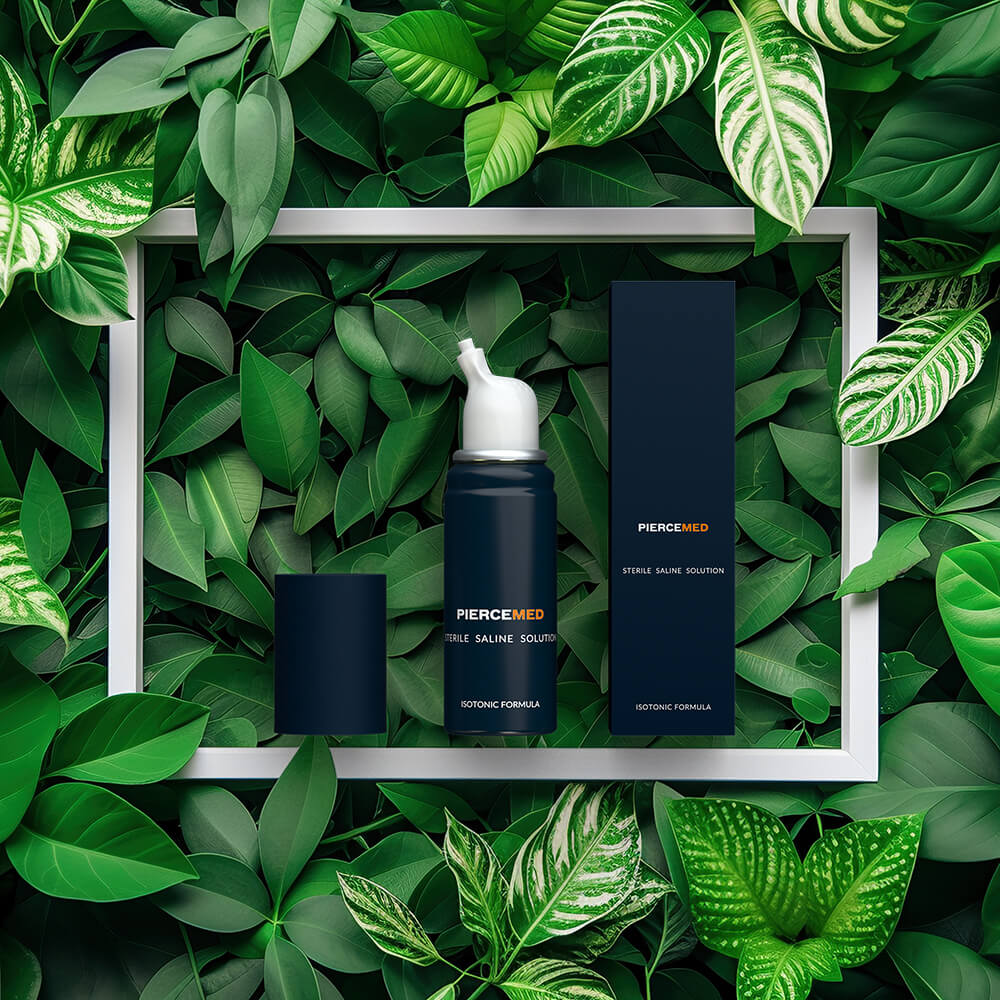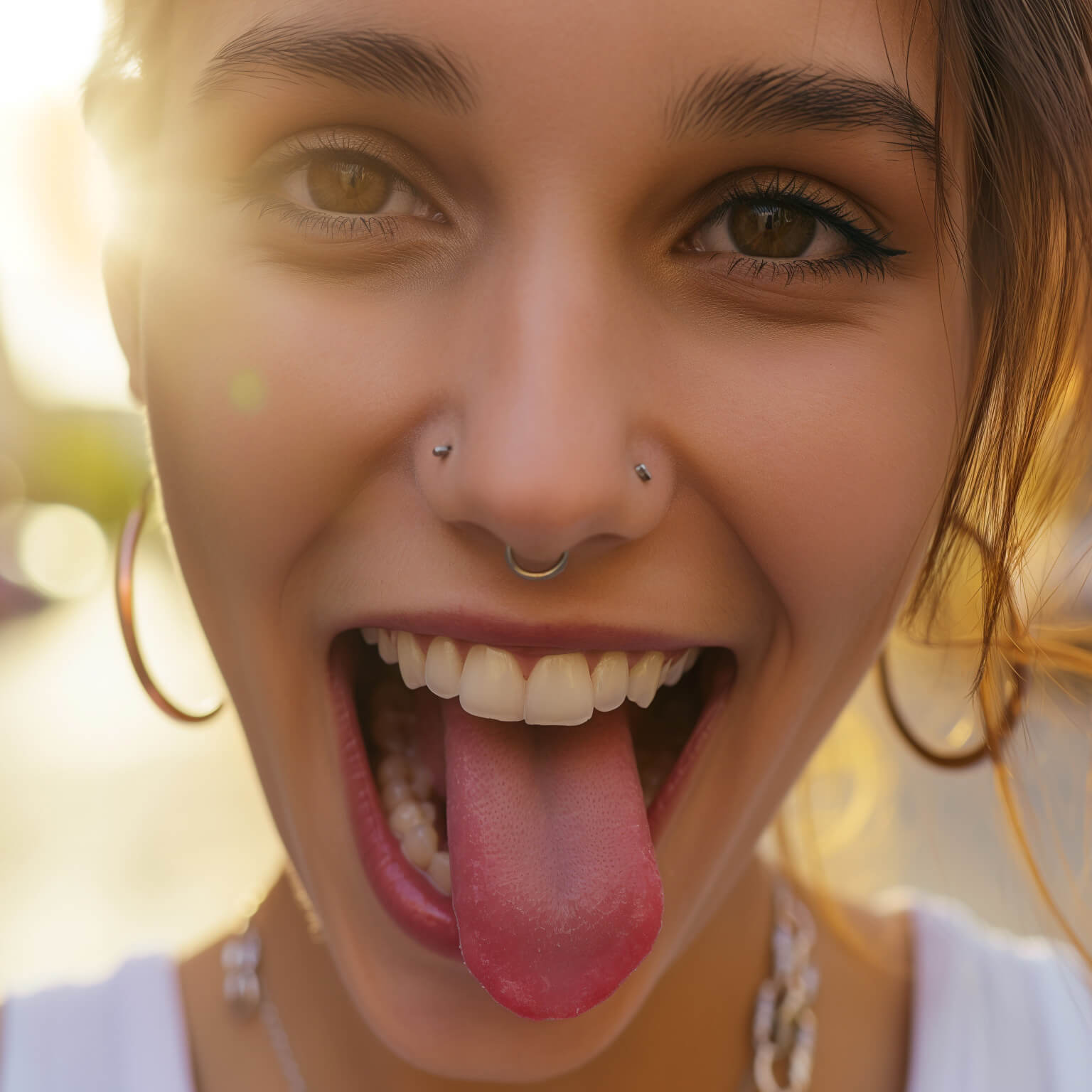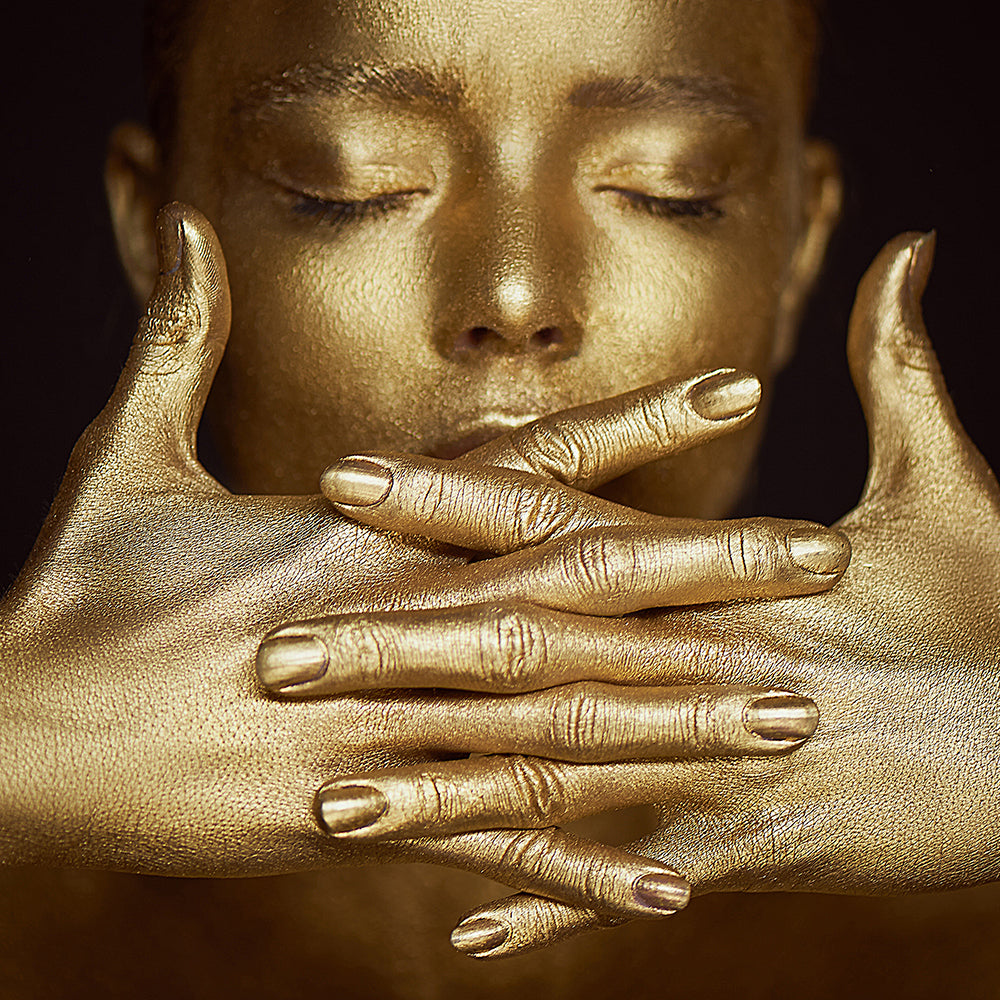Throughout history, gold has fascinated humanity with its allure and unique properties. In contemporary times, gold's biocompatibility and hypoallergenicity have made it a prized material for various medical and cosmetic applications, including body piercing.
The Association of Professional Piercers (APP) website, provides valuable guidance on selecting appropriate gold jewellery for initial piercings. They state:
"Gold (yellow , rose, or white) is appropriate for initial piercings if it is 14k or higher, nickel- and cadmium-free, and alloyed for biocompatibility. Gold higher than 18k is too soft for body jewelry because it can easily be scratched or nicked. Gold plated, gold-filled, or gold overlay/vermeil jewelry is not acceptable for fresh piercings. All of these involve coating a base metal with a layer of gold. The gold surface (which is very thin—measured in millionths of an inch) can wear or chip off."
In this article we'll delve into the characteristics of gold alloys with different karatages (9k, 14k, 18k, and 24k) and explore their biocompatibility and hypoallergenic properties specific to body piercing. Understanding these aspects is essential for piercers, jewellery enthusiasts, and individuals seeking safe and compatible options for their body piercings.
We'll also aim to explore the key aspects of the APP's guidence, shedding light on what "alloyed for biocompatibility" truly means and helping individuals make informed decisions when selecting gold jewellery for their fresh piercings.
WHAT IS AN ALLOY?
An alloy is a mixture or combination of two or more elements, at least one of which is a metal. Alloys are formed to achieve specific properties that are not present in the individual elements.
WHAT DOES ALLOYING GOLD MEAN?
Alloying gold refers to the process of mixing gold with other metals to create an alloy. Pure gold, in its natural form, is very soft and not suitable for most practical applications like jewellery. By blending gold with other metals, it becomes more durable, harder, and gains specific desirable properties.
Commonly used metals to alloy with gold include silver, copper, nickel, palladium, and zinc.
According to the APP, gold used for initial piercings must be 14k or higher, nickel- and cadmium-free, alloyed for biocompatibility, no higher that 18k, and must not be gold plated, gold-filled, or gold overlay/vermeil. So lets explore each of these aspects.
GOLD QUALITY: 14K OR HIGHER
The APP emphasizes that gold used for initial piercings should be 14k or higher. The "k" denotes the karat, a unit of measurement that indicates the purity of gold in an alloy. 14k gold contains approximately 58.5% pure gold, while higher karat gold, like 18k (75% pure gold) is also acceptable. Gold of this purity is known for its excellent balance of strength and malleability, making it suitable for body jewellery.
NICKEL AND CADMIUM FREE
In addition to being 14k or higher, gold used for initial piercings must be free from nickel and cadmium. Nickel is a common allergen that can cause skin irritation or allergic reactions in some individuals. Cadmium, a toxic metal, is not suitable for body piercings due to potential health risks. By ensuring the absence of these elements, piercers can reduce the likelihood of adverse reactions and promote a more comfortable healing process for the wearer.
BIOCOMPATIBILITY
Now, let's delve into the central concept of the statement – "alloyed for biocompatibility." Biocompatibility refers to the ability of a material to coexist with the body's tissues without causing harm or adverse reactions. For gold jewellery used in body piercings, alloying is a crucial process that ensures the jewellery meets the standards of biocompatibility.
Alloying involves mixing gold with other metals to create an alloy that possesses desirable properties, such as increased strength and durability. The choice of metals in the alloy can significantly impact its biocompatibility. Some metals may cause irritation or allergic reactions in the body, making them unsuitable for body piercings.
To ensure biocompatibility, the gold used for body jewellery is carefully alloyed with metals that are less likely to cause adverse reactions in the wearer. Commonly used metals for gold alloys in body jewelry include copper, silver, palladium, and zinc, among others. These metals are generally considered safer for body piercings, and when combined with gold, they create a more robust and biocompatible material.
GOLD SOFTNESS AND SCRATCHING
While gold of 14k or higher is preferred for body jewellery, gold higher than 18k is deemed too soft for initial piercings. The higher the karat, the purer the gold, which also means it is more malleable and prone to scratching or nicking. For body jewellery that will be subject to regular movement and contact, such as earrings or navel bars, the durability of 14k or 18k gold is more suitable to withstand daily wear and tear.
AVOID GOLD PLATED, GOLD-FILLED, OR GOLD VERMEIL JEWELLERY
The APP's guidence, warns against using gold-plated, gold-filled, or gold overlay/vermeil jewellery for fresh piercings. These types of jewellery involve a thin layer of gold applied to a base metal. The gold surface, although aesthetically appealing, is quite delicate and can wear off or chip over time, exposing the base metal beneath. This can lead to irritation, allergic reactions, and potential complications during the healing process.
CONCLUSION
In conclusion, selecting appropriate gold jewellery for initial body piercings requires careful consideration of several factors. Gold of 14k or higher, free from nickel and cadmium, and alloyed for biocompatibility is the recommended choice. The term "alloyed for biocompatibility" is central to the process of creating gold jewellery that is safe and suitable for fresh piercings. Through careful alloying, metals are chosen to minimize the risk of irritation, allergic reactions, or complications during the healing process. By adhering to the guidelines provided by the Association of Professional Piercers (APP), individuals can confidently choose gold jewellery that promotes a comfortable and successful piercing experience while expressing their unique style.

PIERCING AFTERCARE
Create your business account today, and gain access to our exclusive piercing aftercare products.
DISCLAIMER: THIS ARTICLE DOES NOT CONTAIN ANY FORM OF MEDICAL ADVICE
The content of this of this article, including but not limited to text, graphics, images, and other materials, is strictly for informational purposes. Nothing on this article is meant to be a replacement for medical advice, diagnosis, or treatment from a medical professional.
Before beginning a new health care regimen or with any questions you may have about a medical condition or treatment, always consult a medical expert first.
Never disregard medical advice or put off consulting a medical professional because of something you have seen or read on this page.



